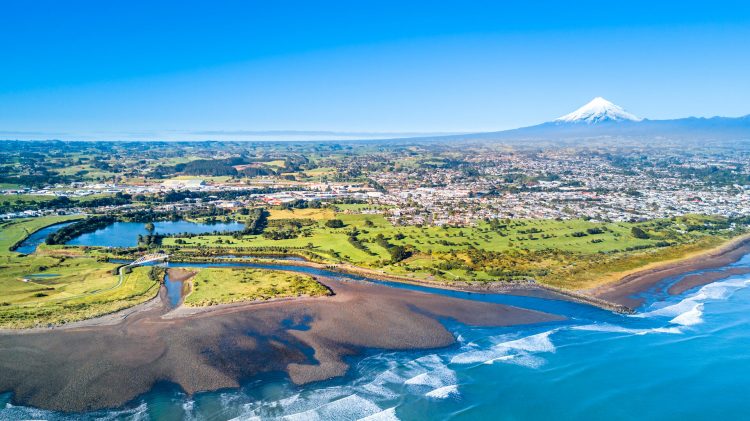塔拉纳基房价上涨背后看到远程办公的趋势。
CoreLogic本周公布的数据显示:与全国大部分房价下跌形成鲜明对比的是,塔拉纳基的房价上涨了10%以上。
哈科特的房地产经纪人迈克·鲍威尔告诉《RNZ News》,他注意到该地区一直与全国趋势背道而驰。
他说:“特别是新普利茅斯,但总体而言,塔拉纳基的表现非常好。事实上,上季度,塔拉纳基是新西兰唯一一个价格比去年同期上涨1.76%的地区,其他大多数地区都在下跌。”
他认为远程办公的增加是造成这一现象的原因。
“新冠肺炎在人们的生活中产生了及其重要的影响,许多人发现自己不一定要在办公室工作,一些人发现他们不需要住在大城市的中心就可以工作。
“因此,他们正在向生活方式、学校、温暖和阳光等方向转移,从这个角度来看,新普利茅斯是非常好的选择。”
总部位于新普利茅斯的Manifold 联合办公空间所有者格雷厄姆·纳尔逊说,他从来没有这么忙于签约新成员。
“新冠肺炎和封锁导致远程办公快速发展。
“所以,他们的雇主对他们不在办公室工作更加满意,我认为这些人当时在想,我可以住在塔拉纳基这样烟火气的地方时,我在奥克兰在做什么,像花很多时间在交通上这类事情。”
工程师本·迪克森在惠灵顿生活了十多年后回到了塔拉纳基。
“对我们来说,与其说是房价,不如说是距离差别更大。我们在惠灵顿要找离市区45分钟到一个小时的房子,而这里我们住在离市区10分钟步行路程的房子里,” 他告诉《RNZ News》。
“我想说惠灵顿同等的房子在阿罗谷将超过一百万美元,而在这里我们绝对没有花那么多钱,所以对我们来说,这方面我们就是赢家。”
上个月塔拉纳基的平均房价为75.5万美元,比一个月前上涨了3万美元,比去年同期上涨了5万美元。





























































